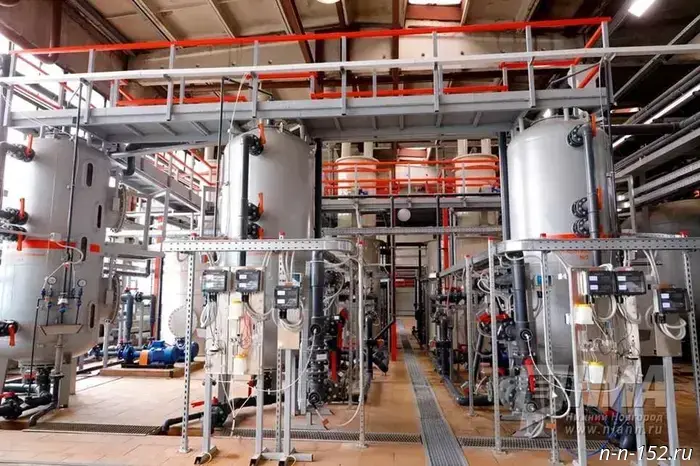
Laboratory soil analyses: a strategic resource for the modern farmer
erid: 2SDnjeTTYXH
In conditions of growing competition and the need to optimize every stage of production, modern agriculture increasingly relies on precise data. Intuitive approaches and traditional methods are yielding to technologies that enable well-considered agronomic decisions. One of the key tools in this process is laboratory soil analysis, which provides a detailed picture of the condition of the farm’s most important asset.
Conducting an analysis is not a formality but a direct investment in the future crop. The results of the study allow a shift from universal recommendations to targeted resource management, which is especially critical at large sowing scales where even a small saving or gain per hectare produces a significant financial effect in the end.
Key tasks solved by agrochemical analysis
The main goal of the analysis is to understand what is happening in the arable layer and to assess how well existing conditions match the needs of the planned crops. A basic study includes determining the main fertility indicators: humus content, available forms of phosphorus and potassium, plant-available nitrogen, and the acidity level (pH). These data are the foundation for developing an effective plant nutrition system.
Several critically important tasks are addressed on the basis of laboratory data:
- Developing a scientifically based fertilization system. The agronomist receives precise data on element deficiencies or excesses, which makes it possible to calculate optimal doses and ratios of fertilizers, avoiding overuse or under-application.
- Correcting soil acidity. pH directly affects the availability of nutrients to plants. Timely detection of acidification allows for amelioration measures (e.g., liming) and significantly increases the effectiveness of mineral fertilizers.
- Yield forecasting and cost planning. Understanding the field’s baseline potential helps to forecast yields more accurately and plan logistics, storage, and finances.
- Environmental monitoring. Regular analysis allows for monitoring soil condition to prevent contamination and degradation, which is especially important for sustainable agriculture.
Thus, a laboratory protocol becomes a practical guide to action for the agronomy service.
When and how to conduct soil research?
To obtain representative data, not only the methodology but also the correct timing of the analysis is important. The optimal period is considered to be autumn, after harvest. This allows assessment of the past season’s outcomes and timely preparation of a plan for fertilizer and ameliorant applications for the coming year. A second suitable time is early spring, before fieldwork begins, to record the soil’s condition after winter and adjust pre-sowing nutrition.
Sampling is a responsible stage. For large fields, it should be done by zones, taking into account relief and the plot’s usage history, to identify heterogeneity and subsequently apply variable-rate application technologies. A comprehensive study that includes not only agrochemical but also radiological or microbiological indicators provides the most complete picture of soil health.
Ordering professional laboratory soil analyses is a deliberate step toward precision agriculture. It is a strategic measure that helps not only to increase the profitability of the current season but also to preserve soil fertility for future generations, ensuring the long-term sustainability of the agricultural business.
Advertisement. AgroTerra LLC. TIN 7727624580 relixseeds.ru
The NIA "Nizhny Novgorod" has a Telegram channel. Subscribe to stay informed about the main events, exclusive materials, and timely information. Copyright © 1999—2025 NIA "Nizhny Novgorod". When reprinting, a hyperlink to NIA "Nizhny Novgorod" is required. This resource may contain 18+ materials.
Другие Новости Нижнего (Н-Н-152)
 Nizhny Novgorod's retail and healthcare sectors continue to experience staff shortages.
The heads of 15 Nizhny Novgorod municipalities have joined the ranks of "BARS-NN".
Nizhny Novgorod's retail and healthcare sectors continue to experience staff shortages.
The heads of 15 Nizhny Novgorod municipalities have joined the ranks of "BARS-NN".
 A 2-million-ruble AI to locate animals will be developed in the Nizhny Novgorod region.
A 2-million-ruble AI to locate animals will be developed in the Nizhny Novgorod region.
 Nizhny Novgorod heating companies confirmed their readiness for winter.
Nizhny Novgorod heating companies confirmed their readiness for winter.
 Tubes are being collected for "houses" for the mice at NNSU.
Tubes are being collected for "houses" for the mice at NNSU.
 Pari NN's basketball players defeated Avtodor in double overtime.
Pari NN's basketball players defeated Avtodor in double overtime.
